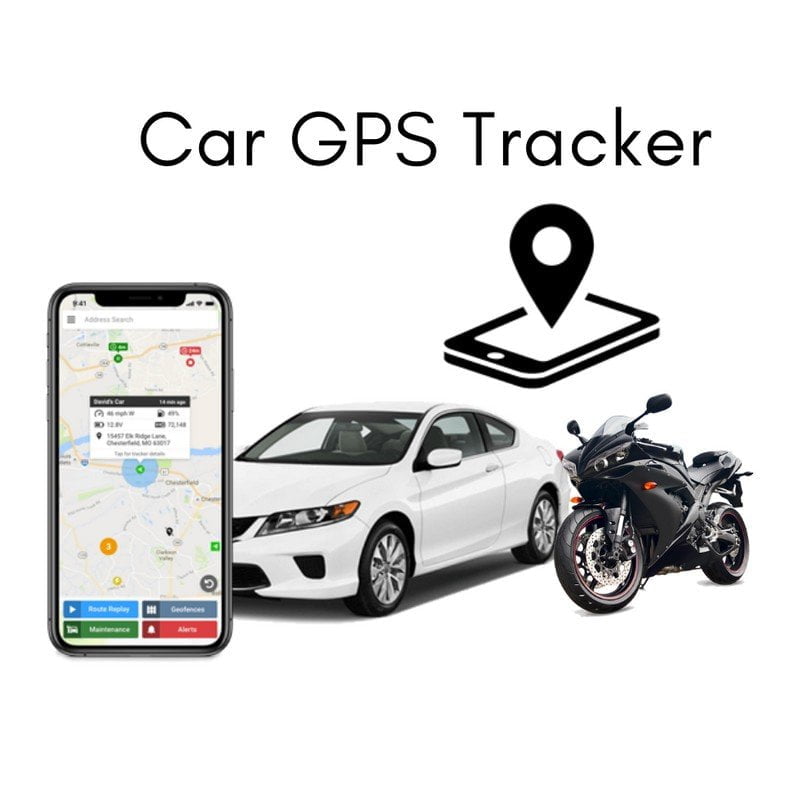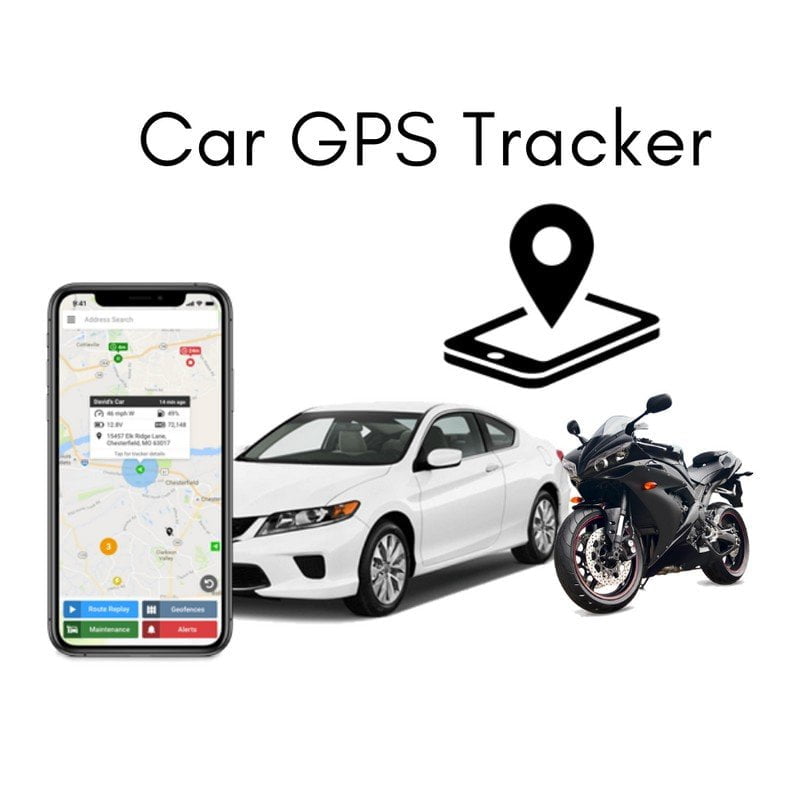
Car Rental Management: How to Optimize the Process and Increase Profits
Car rental management is an industry that has experienced significant growth in recent years as more individuals and businesses seek flexible and affordable transportation options. The process involves various critical elements that require attention and coordination to ensure that each rental vehicle is well-maintained, available, and used efficiently. In this post, we will explore the key factors involved in car rental management, how to increase profitability, and how to create a sustainable and effective system for your rental fleet.
1. Understanding Customer Needs and Market Demands:
One of the first important steps in managing a car rental business is understanding the needs of your customers and market demands. Whether you are offering cars to business clients (such as travel agencies, large companies, and organizations) or to private clients who need temporary transportation, each group has different requirements.
For instance, business clients who travel frequently may demand high-end cars with advanced technology and luxury features, while private clients might be more interested in affordable, economy models. Much of the success in managing a car rental business lies in identifying your target demographic and providing vehicles and services that meet their specific needs.
An effective way to keep a broad customer base satisfied is to offer flexible vehicle options, as well as personalized services such as additional insurance coverage, roadside assistance, and transportation options for pick-up or drop-off.
2. Creating a Diversified Fleet:
One of the most important steps in managing a successful car rental business is creating a fleet that serves a wide range of customers. This means ensuring that you have different types of vehicles to meet market demands. Some factors to consider when building a successful fleet include:
-
Diversification of vehicle types: For example, some customers may prefer luxury vehicles like SUVs or sports cars, while others may be more inclined toward economical options such as sedans or hatchbacks. It will also be beneficial to offer smaller and more affordable cars for customers seeking budget-friendly transportation.
-
Well-known and reliable brands: Customers tend to trust well-known and reliable brands. By investing in vehicles from reputable brands like Toyota, Volkswagen, BMW, etc., you can build a strong and trustworthy reputation.
-
Renewed or updated vehicles: Regardless of the type of vehicle, it is crucial that they are well-maintained and capable of offering maximum safety and comfort. Renewed cars with regular servicing are a wise investment that helps avoid potential problems and increases customer satisfaction.
3. Maintenance and Safety Management:
To ensure that your fleet of rental cars is always in optimal condition and safe for use, it is essential to have a regular maintenance and inspection system in place. Here’s how you can effectively manage the maintenance of your rental vehicles:
-
Regular inspections: Ensuring that each car is inspected for possible mechanical issues such as brakes, lights, tires, and cooling systems is essential for preventing accidents and ensuring that every vehicle is in excellent condition.
-
Insurance management: Car insurance is a key component of rental management. The insurance should cover potential damage, accidents, and other incidents that may occur during vehicle use. It also helps keep costs low for both the company and customers, providing a hassle-free experience for clients.
-
Tracking mileage and expenses: Monitoring the usage and mileage of rental cars is vital to prevent overuse and optimize fuel costs. By implementing a tracking system for mileage and vehicle expenses, you can better manage your assets and predict when it’s time to renew or upgrade the fleet.
4. Optimizing the Rental Cycle:
To maximize profitability, it is crucial to optimize the rental cycle of your vehicles. This process involves several important steps:
-
Setting the right pricing: Competitive pricing is essential to attract customers and maintain a steady flow of rentals. However, it’s important to take into account factors such as demand, type of vehicle, and rental period to set prices that are suitable for the market.
-
Offering additional services: Providing extra services can increase profits and create a better customer experience. Some additional services may include offering vehicles with navigation systems, child car seats, and additional insurance coverage for health or vehicle protection.
-
Managing rental periods: Another way to boost profits is by optimizing rental periods, offering flexible options like daily, weekly, or monthly rentals. This gives customers the ability to choose the option that works best for them, while also helping increase vehicle utilization.
5. Technology in Car Rental Management:
Technology has played a significant role in improving the management of car rental businesses. Some tools and software can assist in:
-
Real-time fleet tracking: Using GPS and fleet management systems can help you track vehicle locations, monitor usage, and ensure that vehicles are being used efficiently. This can reduce downtime, avoid misuse, and streamline the rental process.
-
Online reservations: Offering online booking options makes the rental process quicker and more efficient. It also provides an opportunity to increase your customer base and revenue by catering to clients who prefer digital interactions.
-
Automated reminders and alerts: Technology can also help automate the process of sending reminders for vehicle returns, maintenance schedules, and insurance renewals. This reduces manual intervention and ensures that all operations run smoothly.
6. Customer Service and Experience:
Providing excellent customer service is paramount in the car rental industry. A positive experience will lead to repeat customers and word-of-mouth referrals, which are crucial for business growth. Here’s how you can enhance customer service:
-
Training employees: Your staff should be well-trained to handle customer inquiries, offer assistance during the rental process, and resolve any issues that may arise. They should be knowledgeable about the vehicles, rental policies, and be able to provide recommendations based on customer preferences.
-
Feedback and reviews: Encouraging customers to leave reviews and provide feedback is a valuable way to improve your services. Online reviews can influence potential customers’ decisions, and addressing negative feedback shows that you are committed to continuous improvement.
-
Personalized service: Personalizing the customer experience can help build loyalty and make clients feel valued. For example, offering loyalty programs or discounts for repeat customers can incentivize customers to return and recommend your service to others.
7. Managing Risks and Legal Considerations:
As with any business, there are certain risks and legal considerations involved in car rental management. Some of the key aspects to manage include:
-
Liability: Make sure that your rental agreements clearly outline customer responsibilities, insurance coverage, and the potential costs for damages or accidents. This helps protect your business from legal claims and financial losses.
-
Regulatory compliance: Ensure that your business complies with local and international laws, including vehicle registration, licensing, and insurance requirements. Keeping up with changes in regulations is essential to avoid fines and legal trouble.
-
Security of rental vehicles: Implement strategies to minimize theft or damage to your rental vehicles. Installing GPS tracking systems and security cameras can provide added protection, and requiring deposits or additional security for high-value cars can mitigate the risk of non-returned vehicles.
8. Marketing and Promoting Your Car Rental Business:
Effective marketing is key to attracting new customers and growing your business. Consider these marketing strategies to promote your car rental services:
-
Online presence: Having a well-designed website that offers online booking, customer support, and information about your fleet is essential. Make sure your website is mobile-friendly and optimized for search engines to increase visibility.
-
Social media: Use social media platforms to engage with your audience, run promotions, and share customer testimonials and success stories. Social media can help you build brand recognition and trust with potential clients.
-
Partnerships with travel agencies and businesses: Building relationships with travel agencies, airlines, and other businesses that rely on transportation services can provide you with a steady stream of customers.
-
Discounts and promotions: Offering special deals, such as seasonal discounts, referral rewards, or discounted long-term rentals, can encourage customers to book with your company instead of competitors.
Conclusion:
Car rental management is a multifaceted process that requires careful planning, attention to detail, and strategic thinking. By creating a diversified fleet, managing maintenance and insurance effectively, optimizing the rental cycle, and leveraging technology, you can significantly increase the profitability of your business. Furthermore, providing excellent customer service, managing legal risks, and promoting your brand effectively can help you build a loyal customer base and stand out in the competitive car rental market. By implementing these best practices, you can ensure that your car rental business remains sustainable, efficient, and profitable in the long term.




